With the rise of fitness craze and weight loss craze, more and more people choose to exercise in their free time, and running, as a fashionable and trendy way of exercise, is naturally chosen by many people.How to protect knees when running and exercise
Running will bring many benefits to athletes, but many people neglect to grasp the skills and key points of running, and often use the wrong exercise method according to their own habits, resulting in knee injury, which goes against the original intention of exercise.
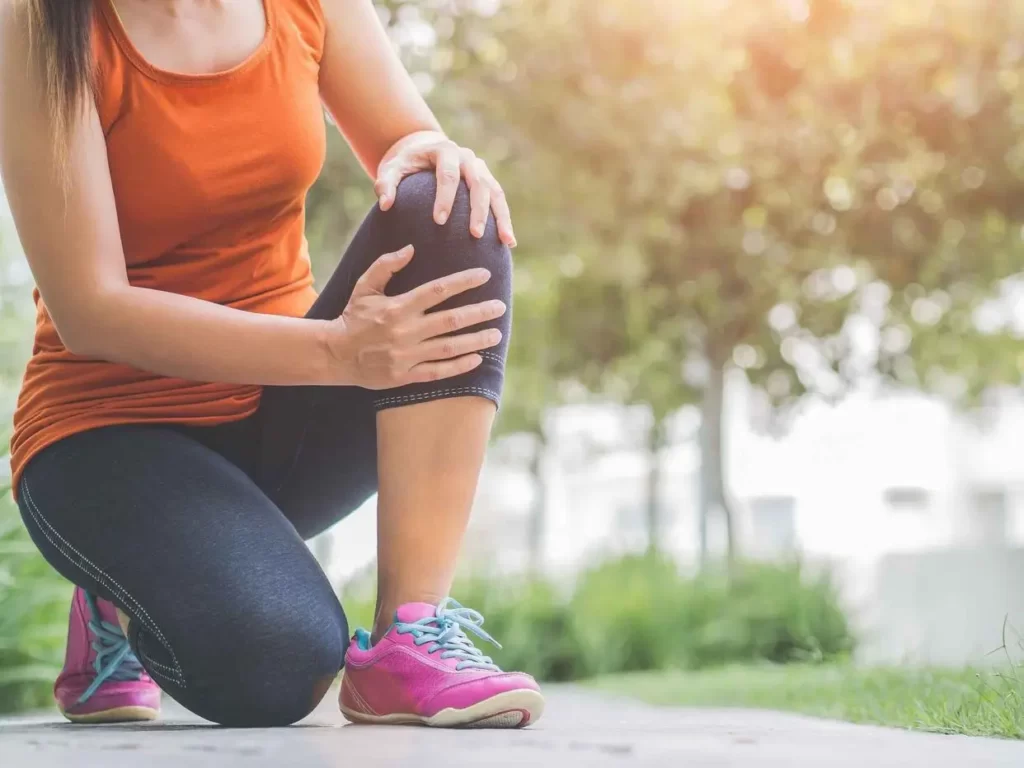
So how can you run safely without damaging your health? In fact, you can master the method. To avoid knee damage when running, please do the following five points.
1. Pay attention to the running field
Although it is said that running is a sport that does not need to be picked very much, it is actually not completely without picking, especially in order to protect the knees, the choice of the road surface is very important.

The road you choose to run must have a shock absorption function, and be flat enough to avoid twists and turns. For example, a plastic track is the best venue choice. If there is no special plastic track nearby, you can first choose grass, which can put pressure on the knees. Small;
Or using a treadmill, the buffer for the knee is relatively small; the last is the asphalt road and the concrete road, but it is generally not recommended to choose to run on these two kinds of roads
2. Choose your running shoes
Many people think that it is an amateur sport. There is no need to be like a professional athlete. Just wear a pair of sports shoes when running, or even casual shoes. But this kind of thinking is actually a big mistake, and it is also a hidden danger that the knee is prone to damage.
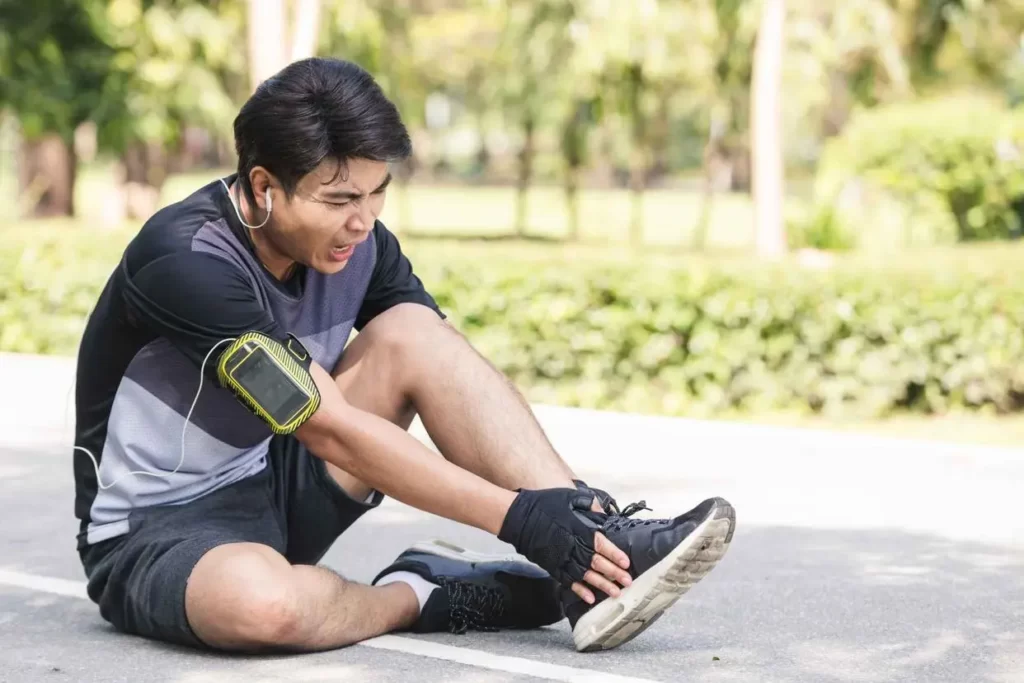
The shoes are in direct contact with the ground. Once the shoes are not suitable, the impact force brought by the exercise force to the shoes cannot be alleviated, so the feet are easily damaged, and the impact force will also cause damage to the knee joints. Shocking sneakers are necessary preparations, and only such standard shoes can protect the knees. It is recommended that athletes with lower arches choose stable running shoes, and those with higher arches choose cushioning running shoes.
3. Pay attention to your running posture
No matter what sport, mastering the correct posture is the key to avoiding sports injuries, and running is the same. Running is divided into short-distance fast running and long-distance jogging. These two types also have obvious differences in posture, and people’s daily running is mostly the latter, so it is necessary to master the correct posture of jogging.
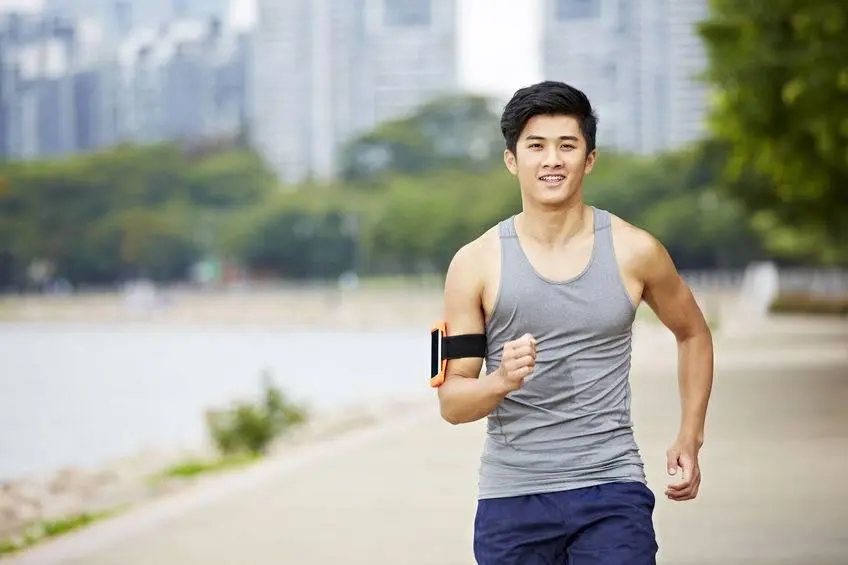
When running, keep your posture upright, lean forward slightly and look straight ahead, keep your torso stable, hold a half fist with both hands and swing naturally with your body, keep your waist straight, keep your body straight, and push your thighs to drive your calves. When landing, use the arch of the foot for cushioning, that is, the forefoot touches the ground, which can effectively reduce the impact force and protect the knee to the greatest extent.
4. Warm up before running
When students were in physical education class, the physical education teacher would ask the sports committee to lead everyone to do a set of warm-up exercises before asking for a run. This set of exercises actually played the role of warm-up before running and was an essential step.
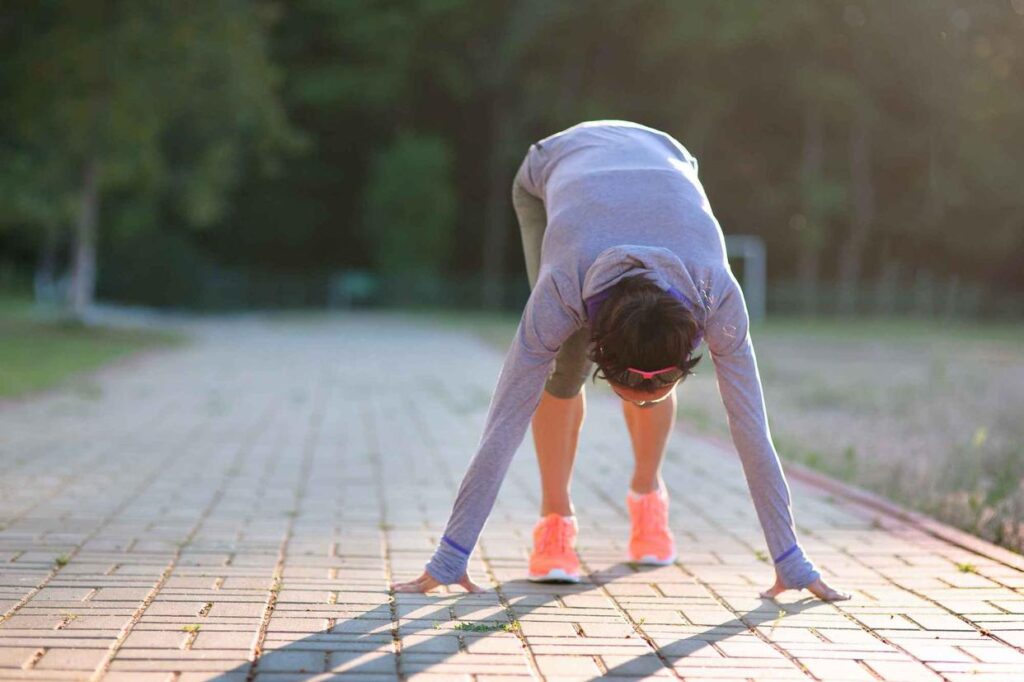
When I go out to work and run by myself, I will subconsciously omit this step. I feel that these small movements are not helpful for fitness, but I don’t know that these movements can help the body to better enter the running state, and can avoid injury to the knee or other. It can also effectively prevent cramps.
Therefore, you must do at least five minutes of warm-up exercise before running, so that the body can be warmed up so that it can move better.
5. Stretching should also be done after running
Some people are accustomed to sitting down and resting as soon as they finish running. They think that the end of the run is the end of the exercise. In fact, this is not good, and it is easy to cause damage to the knees. A complete running exercise should include warm-up before running, running and pulling after running. stretch.
After running, do a set of stretching and relaxation exercises, which can help relax the muscles and fascia that are in a state of tension and congestion, and minimize the damage caused by exercise. Don’t even think about using slow walking as a replacement for post-run stretching, as slow walking won’t have the same effect as stretching.
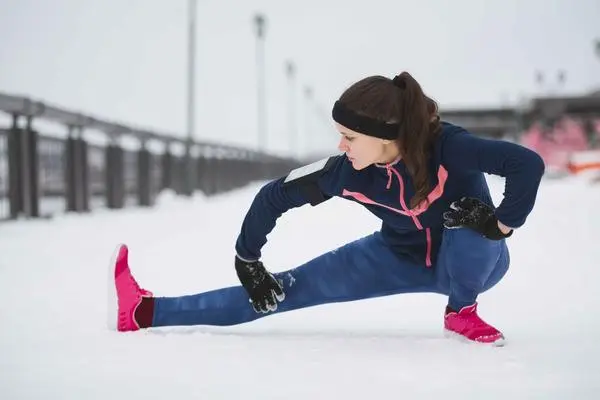
In fact, running will wear the knees to some extent, but pay attention to wear and tear, not damage. Wear and tear is inevitable. Paying attention to these running details is actually to control the wear and tear within an acceptable range and avoid knee joint damage.
Therefore, running seems to be the most basic and easiest project in various sports, but do not ignore the small details of its movement, so that athletes can run scientifically, effectively and safely, and truly achieve the purpose of physical fitness.
Read more tips about health and fitness http://www.growmorehealth.com
